Baby Asparagus
16.00 AED Original price was: 16.00 AED.8.00 AEDCurrent price is: 8.00 AED.Pack (125g)
Baby Asparagus: It is native to most of Europe, northern Africa and western Asia. Though widely found growing wild it is has been cultivated as a vegetable crop for centuries. As it was historically found growing in maritime regions, it prefers sandy weedless soils. The cultivation of asparagus is a long term commitment. Not only does it take two to three years of cultivation to yield a crop, the plants, which grow from a cluster of underground rhizomes, can potentially continue to produce from fifteen to thirty years of harvests. Asparagus plants are prolific growers, creating ten inch spears within 24 hours under ideal growing conditions. You may witness asparagus “growing” once picked. This is because asparagus spears absorb moisture from the air which creates a swelling in size.
Baby Asparagus
Jumbo asparagus are specific varieties of asparagus that are cultivated for their ability to maintain a succulent and firm texture when harvested at maximum maturity. They display many of the same flavor characteristics of pencil and medium asparagus, however they may be quite richer in grassiness. Ideal spears are firm and have the quintessential pistachio green knobby scales and Christmas tree-like tips in tact. When cooked they have a meaty density and an equally lean-rich ratio of grass and butter.
Seasons/Availability
Asparagus is available year-round with a peak season of spring.
Current Facts
Asparagus, botanical name Asparagus officinalis, is a member of the Liliaceae family. It is a perennial plant, which produces edible crops year after year. Jumbo asparagus are the young edible leafless stems of the plant, which emerge from the soil in spring and summer. Jumbo asparagus is sold in uniform sizes according to the diameter of the spears. The thickness varies minimally, marketed at 25 to 30 mm (roughly one inch).
Nutritional Value
Asparagus is an excellent source of Vitamin C. It also contains a substantial amount of the antioxidants glutathione and rutin, precursors to Vitamin A.
Applications
Asparagus spears should be snapped at their natural breaking or bending point. Discard the lower parts as they are more fibrous and woody. Jumbo asparagus can be sauteed, steamed, boiled, baked and fried. Spring ingredients such as morel mushrooms, green garlic, wild ramps, fennel, leeks, young lettuces and citruses are most suitable pairings. Other complimentary ingredients include poached and soft boiled eggs, aged nutty cheeses such as pecorino and alpine cheeses, bacon, sausage, red meat, proscuitto, cream, eggs, butter, shallots, herbs such as thyme, basil and chervil, yeasty breads like sourdough and wheat and grains such as aborio rice, quinoa and farro.
Geography/History
Asparagus is native to most of Europe, northern Africa and western Asia. Though widely found growing wild it is has been cultivated as a vegetable crop for centuries. As it was historically found growing in maritime regions, it prefers sandy weedless soils. The cultivation of asparagus is a long term commitment. Not only does it take two to three years of cultivation to yield a crop, the plants, which grow from a cluster of underground rhizomes, can potentially continue to produce from fifteen to thirty years of harvests. Asparagus plants are prolific growers, creating ten inch spears within 24 hours under ideal growing conditions. You may witness asparagus “growing” once picked.
Customer Reviews
Only logged in customers who have purchased this product may leave a review.
Fresh Leaf UAE
Fresh Leaf UAE is a premier supplier of fresh fruits and vegetables, dedicated to delivering exceptional quality produce to customers throughout Dubai and other parts of the United Arab Emirates. With a strong commitment to freshness, reliability, and customer satisfaction, Fresh Leaf UAE has established itself as a trusted name in the industry.
At Fresh Leaf UAE, we understand the importance of providing our customers with the finest and healthiest produce available. We work closely with local farmers, growers, and suppliers to ensure that every item we offer meets our rigorous standards for freshness, taste, and nutritional value. Our team of experts carefully handpicks each fruit and vegetable, ensuring that only the best makes it to your table.
Our extensive range of products includes a wide variety of fruits and vegetables, sourced both locally and from reputable international suppliers. From vibrant tropical fruits to crisp greens and a colorful array of seasonal produce, we have something to satisfy every taste and culinary need. Whether you're a restaurant owner, a hotel chef, or a health-conscious individual, we have the perfect selection to meet your requirements. We take great pride in our ability to provide consistent quality and reliability to our customers. With our state-of-the-art facilities and advanced storage solutions, we maintain optimal conditions for our produce, ensuring that it stays fresh and flavorful from the moment it is harvested until it reaches your doorstep. Our efficient supply chain and prompt delivery services guarantee that you receive your order on time, every time.












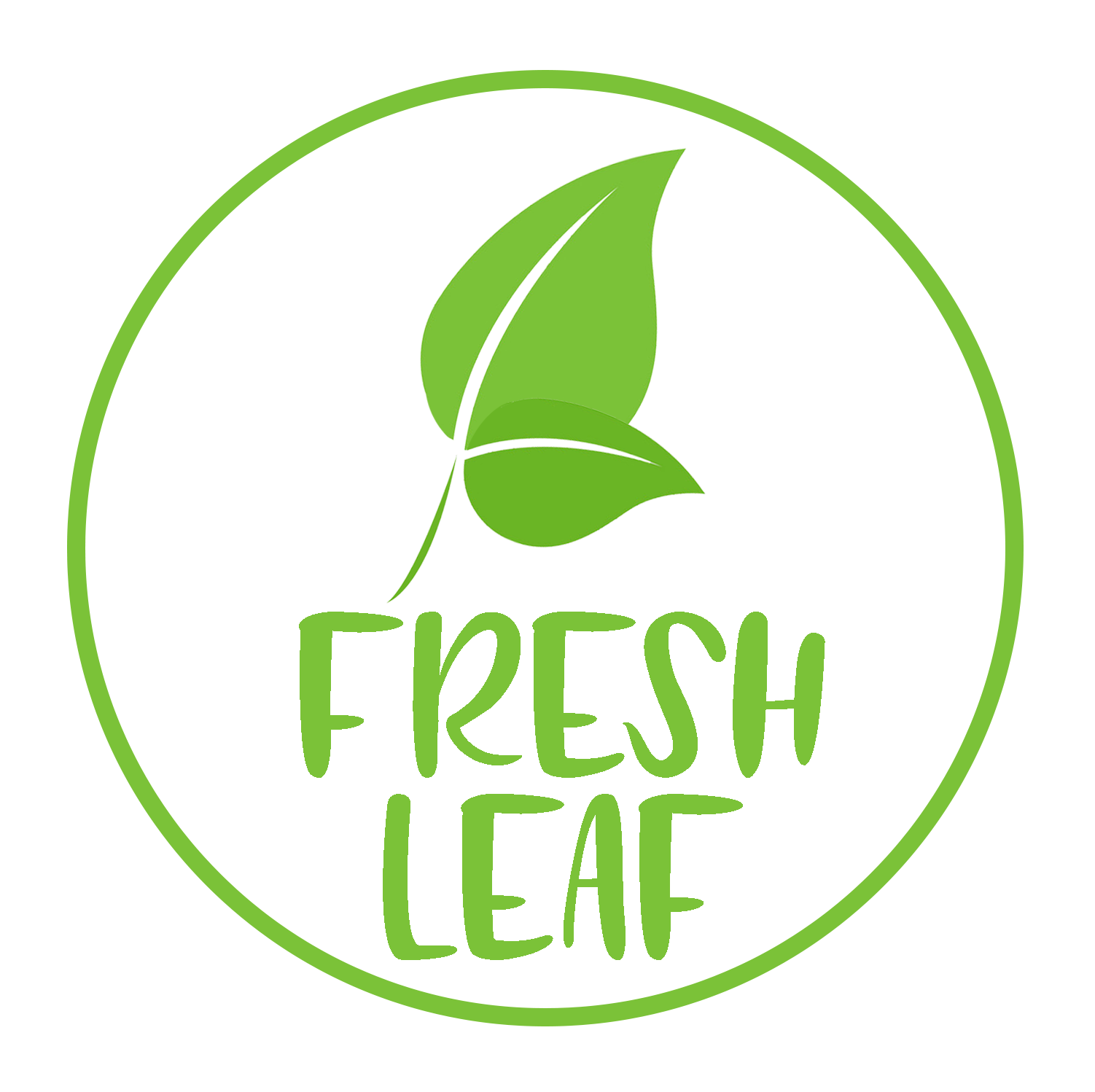

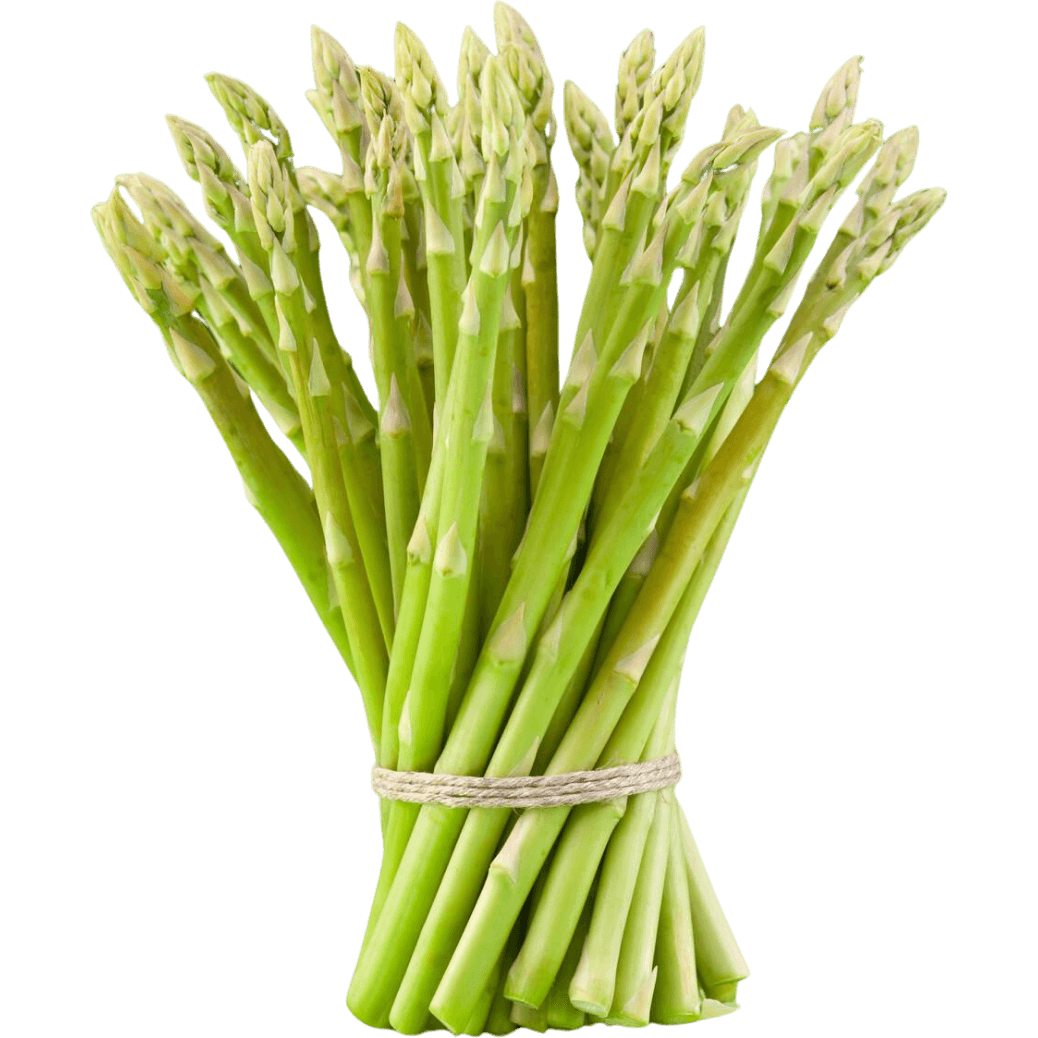
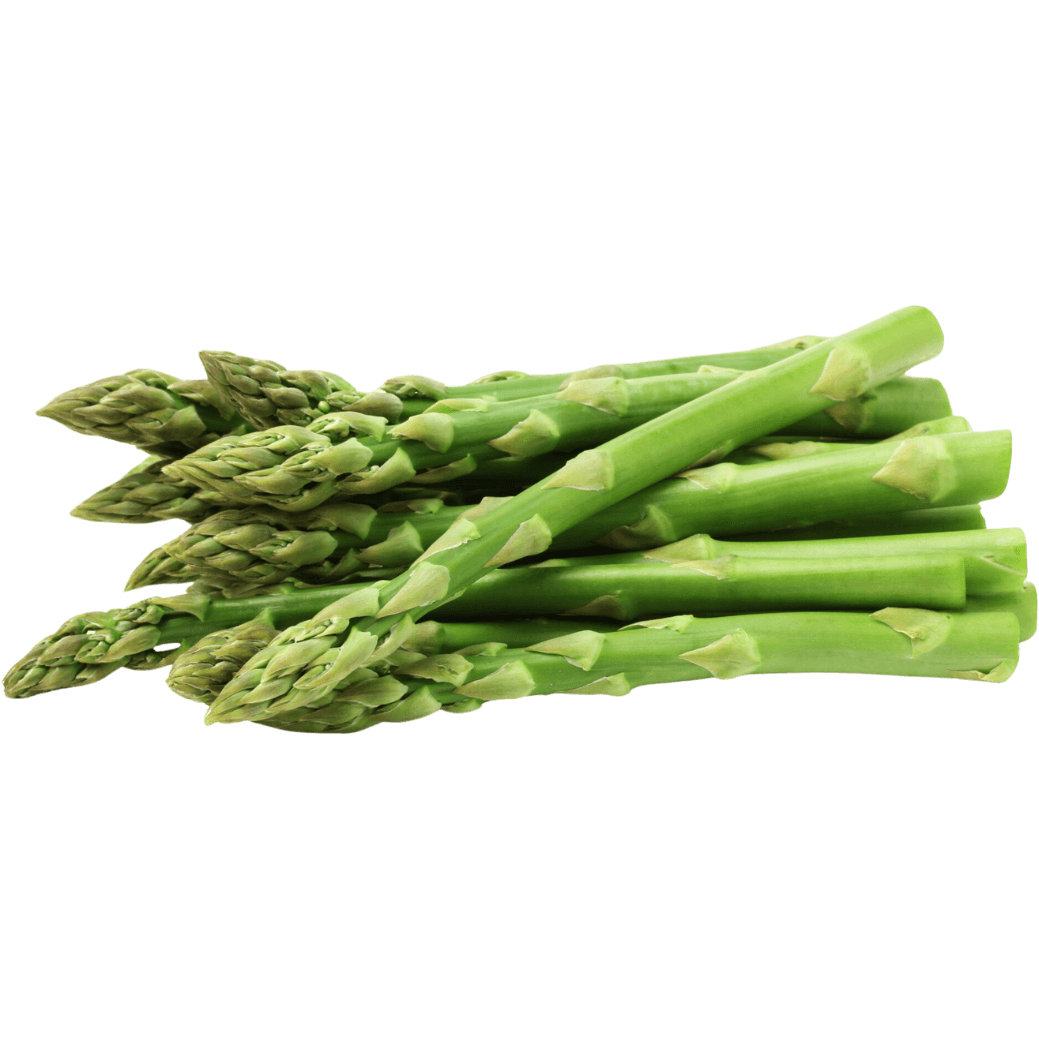
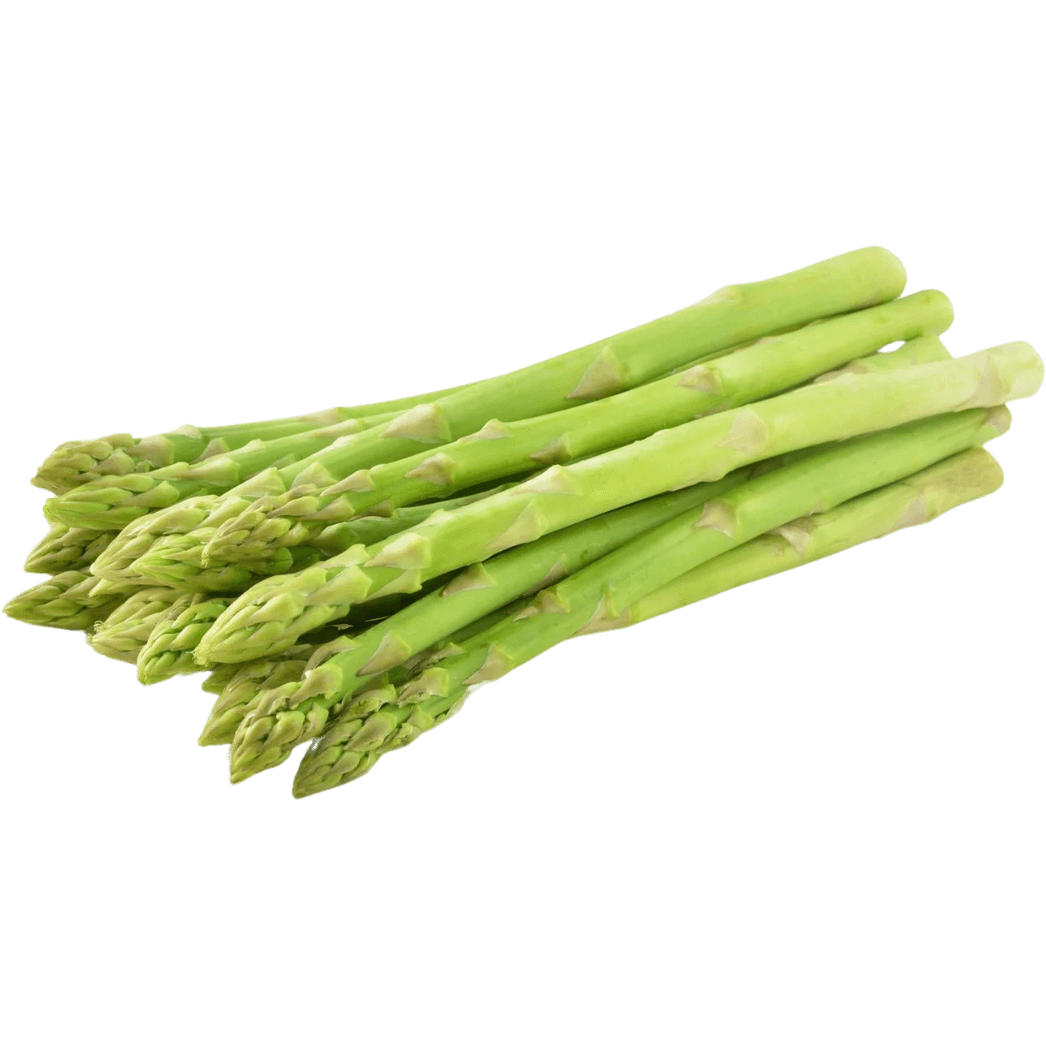
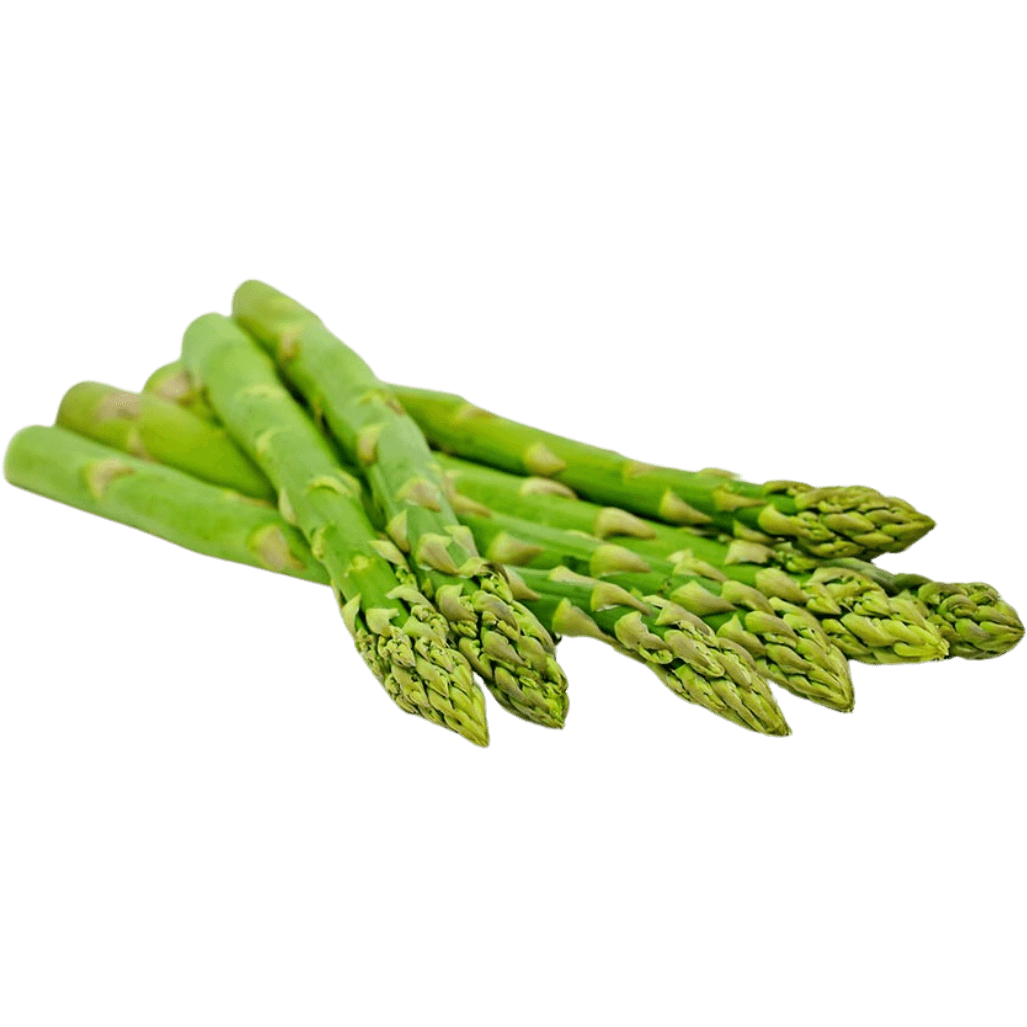
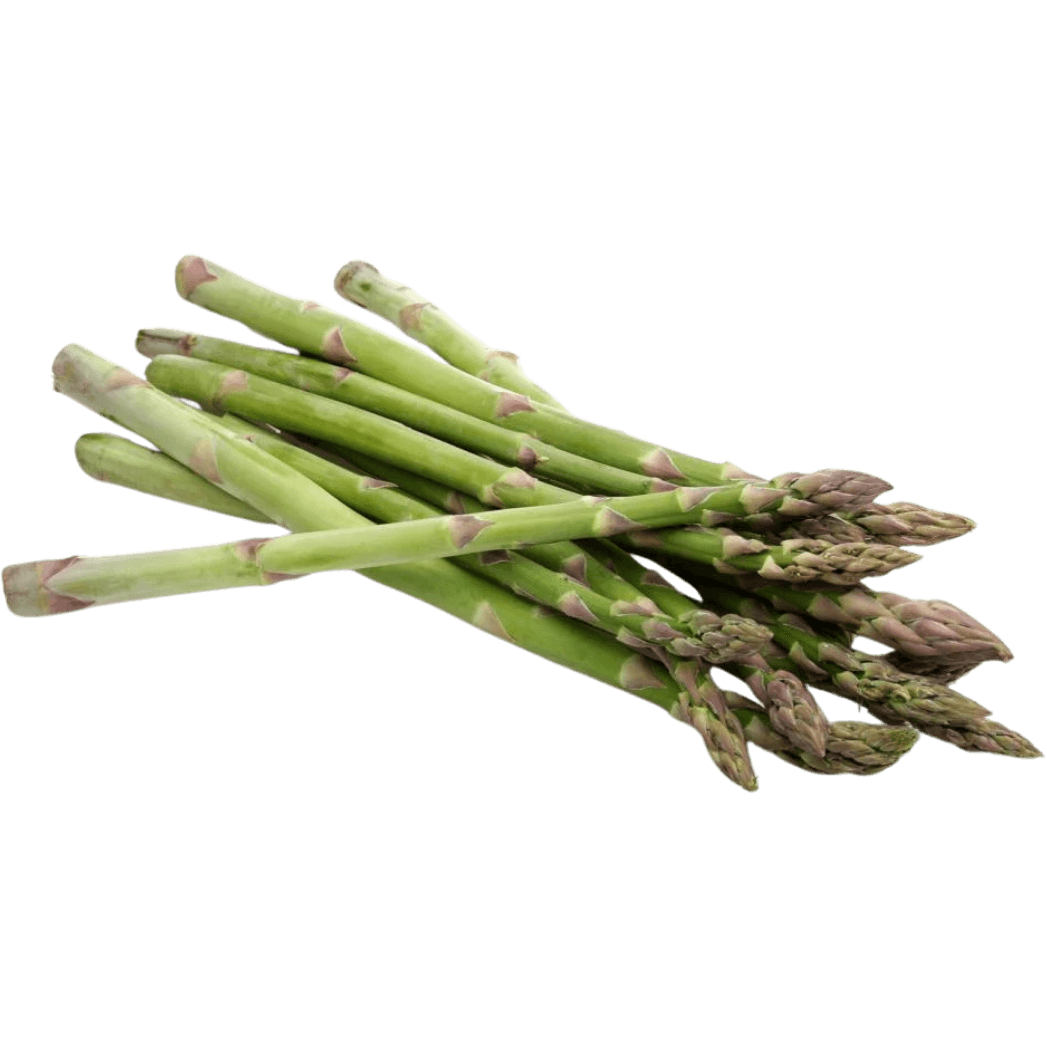
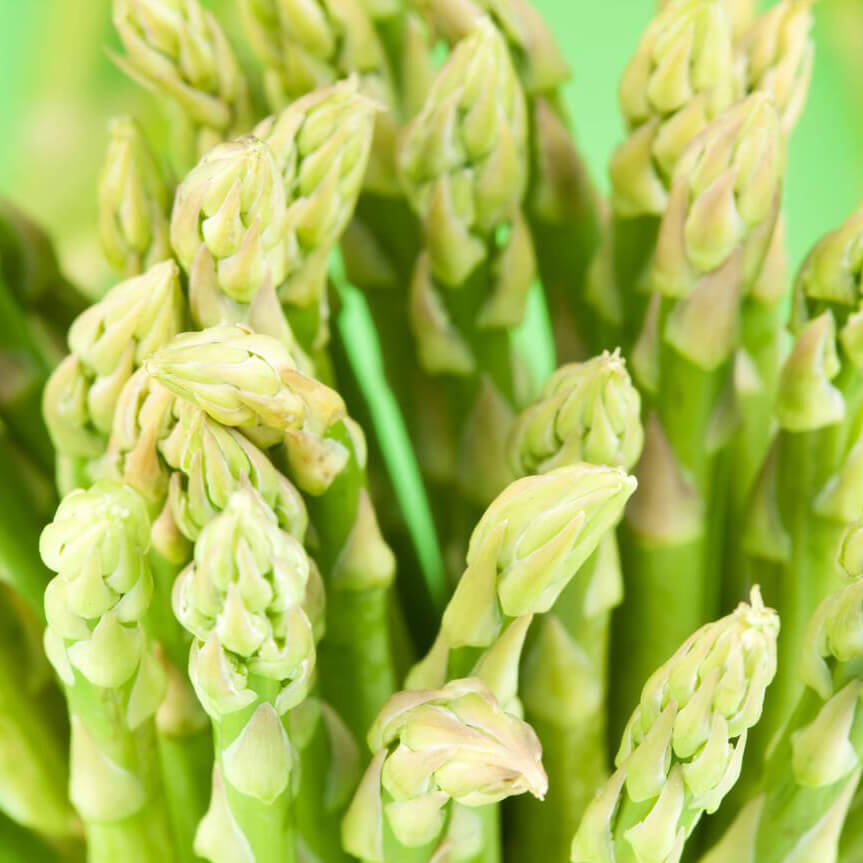
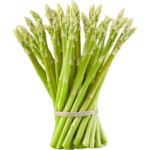
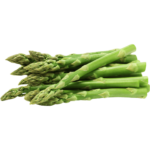
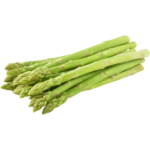
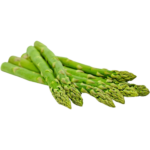
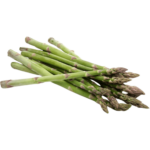
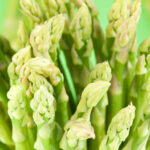

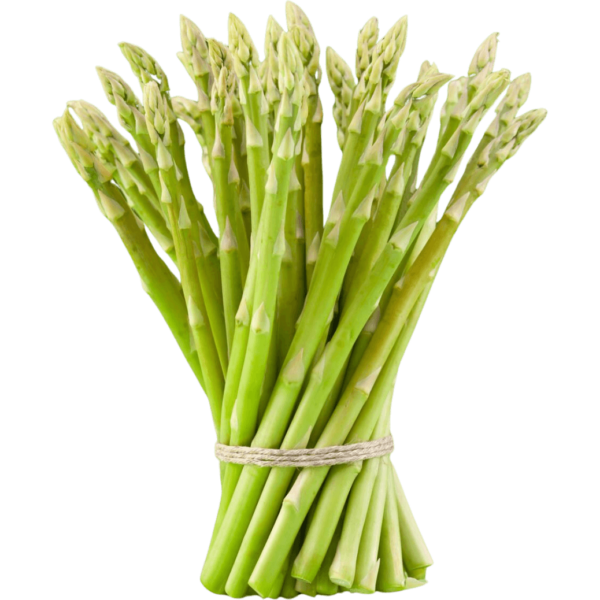
Reviews
Clear filtersThere are no reviews yet.